How to install artificial grass – PermaLawn mini installation guide.
Artificial grass consists of synthetic filaments threaded into a backing layer which allows water to drain through. This backing layer is installed on what is known as a ‘drainage layer’ which is usually made up of compacted gravel. The artificial grass is then fastened down any seems and along its perimeter.
After this some customers then request an in-fill to be placed into their new artificial grass. This is down with either recycled crumb rubber or kiln dried sand. The added weight helps firmly keep the grass in place during strong winds. Our artificial grass solutions do not require an in-fill but should you choose to have one we highly recommend using kiln dried sand at a rate of 5kg per m2. Our artificial grass is constructed from either polyethylene, polypropylene or polyamide.
Please find below a simply step by step guide on how we recommend you should install your new artificial grass. We do have a network of fully trained and qualified artificial grass installers to help you should you require this.
Our installers have specialised equipment designed for removing turf etc. and will be happy to quote for your new installation. Simply use the button below to find your local installer.
Before you start
Before you starting laying your new artificial grass first you must correctly prep the ground upon which your new grass will be laid.
To do this you will need the following tools:
- Shovel / Spade
- Rake
- Stanley knife or precision scissors
- Wacker plate (also called a vibrating plate, plate compactor or a ‘vib’ plate) – these are available from a large selection of local tool hire companies for a relatively low cost.
- Turf cutter – these are also available from a large selection of local tool hire companies for a relatively low cost. This isn’t necessary for creating your new lawn but will save you many hours of labour intensive work removing your current natural grass.
Step 1 – Ground Preparation
The first step in laying your new artificial grass is to correctly prepare the ground ready for its new surface.
Using either a spade or turf cutter (we highly recommend the mechanical option to save both time and effort) remove your current turf that is currently in situ to a depth of at least 50mm (2 inches).
Once you have done this remove any large stone, bricks or extra foliage which has remained as this will prevent you from creating a flat base for your new artificial grass.
If your garden or area in which you are installing the artificial grass has drainage problem then we recommend adding a Type 1 rock.
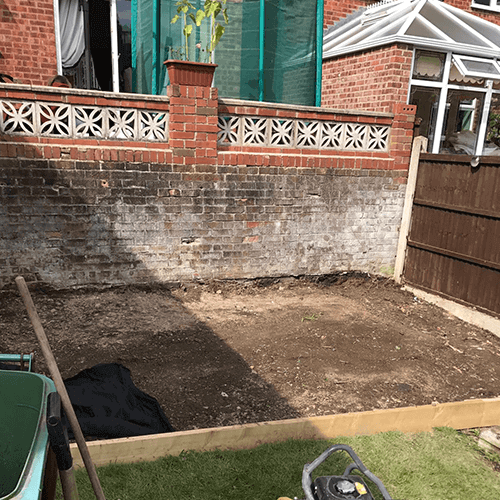
Step 2 – Installing a timber perimeter
If your artificial grass does not naturally have a border to butt up against you will need to install a timber perimeter around the whole area of your project.
We recommend using pressure treated timber (often marketed under the trademark ‘Tanalised’). This will ensure your border does not rot away. The process involves a preservative fluid being forced into the top few millimetres of wood, helping prevent the wood from quick degradation.
Upon insertion of the wood into the soil, make sure the timber is firmly held in place with around 30mm being above the surface of the soil.
If your project area has one or more sides that DO have a butt such as a pathway and / or wall you only need the timber perimeter on the other non-butted sides.
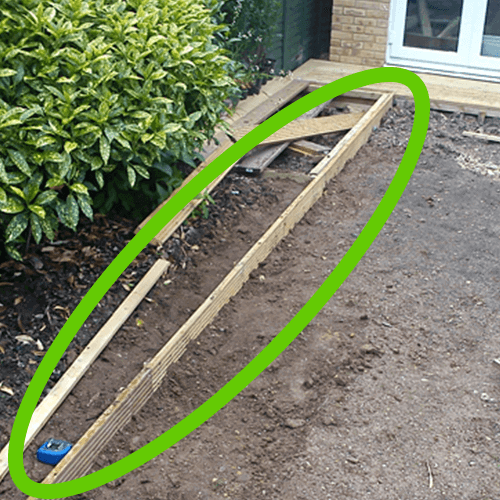
Step 3 – Levelling your surface
Your next step is correctly level and compact the ground upon which your new artificial grass will be laid. Using the wacker plate, steadily move across the entirety of your project area. The natural motion of the wacker plate will make the machine begin to move along.
Hold the handles in a loose but controlling manner whilst applying a small amount of forward pressure. Move the machine in a stripping pattern up and down the compacting area. Keep doing this until the entire area is flat and level.
Please make sure you take all the necessary health & safety precautions before undertaking the use of industrial equipment.
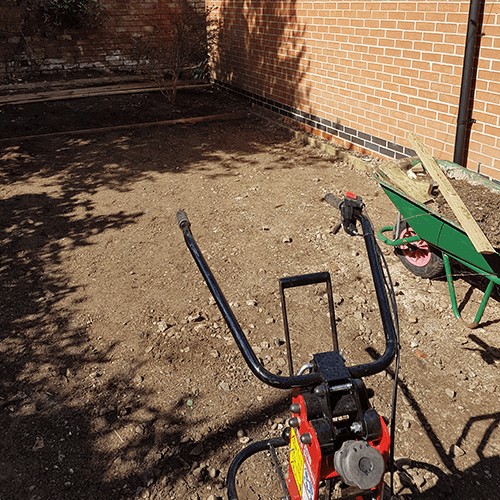
Step 4 – Adding your drainage layer
Next you need to create your drainage layer.
We recommend using a 6mm to dust granite stone compound that is spread evenly across your project area to a depth of between 20mm and 40mm.
TOP TIP When levelling your drainage layer use the level edge of your timber perimeter as a guide, this will help you gain a solid and accurate level.
Once you have successfully laid your granite drainage level you can then go over this again with the wacker plate to ensure optimal compaction.
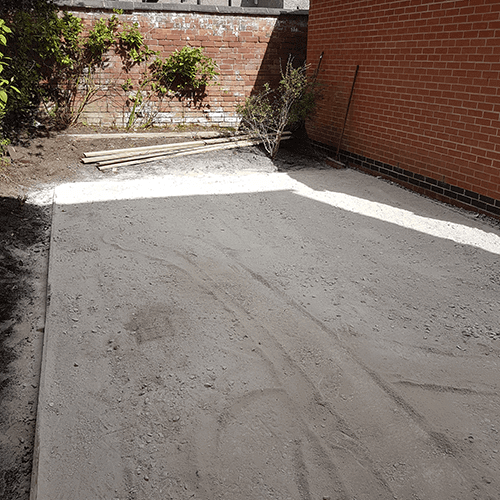
Step 5 – Installing the membrane
Your next step is to install your weed membrane, this will ensure that no weeds can grow through your new artificial grass whilst allowing water to drain away.
Before you do this you may want to apply a 25mm layer of sharp sand on top of your drainage layer to aid in creating a perfectly level base, again compact this down using the wacker plate.
Using PermaLawn’s 2m wide heavy duty weed membrane, cover the entire surface of your project area ensuring the whole area is covered. If you have a section where two pieces of membrane meet overlap them by 150mm (6inches) to guarantee no sun light can penetrate to the low levels.
Fix through the membrane using PermaLawn’s 150mm hot dipped galvanised securing pegs to ensure a firm and solid fixture. Follow this process around the major points of the perimeter and along the joining seams of the membrane.
You are now ready to begin laying your new artificial grass.
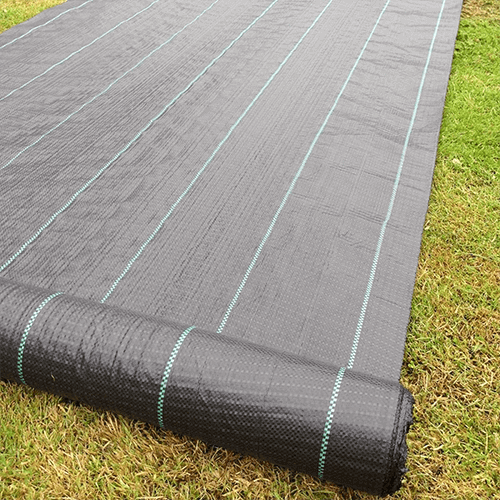
Step 6 – Laying your new artificial grass
Now you can begin to install your PermaLawn artificial grass. To start with, place the entire roll of artificial grass against one edge making sure the grass neatly fits.
Then slowly begin to unroll the grass until it is completely flat with no ripples or bumps. In the unlikely event your PermaLawn artificial grass has any bumps or ripples, simply leave it in the open sun and it will naturally settle.
The flatter you get your artificial grass the more natural it will look once fully installed. Once this is done carefully trim any excess away from the edges using either a Stanley knife or PermaLawn’s heavy duty precision scissors.
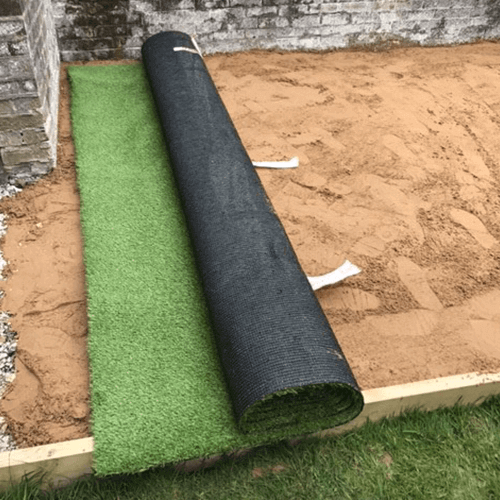
Step 7 – Finishing up
Your final job is to fix the artificial grass into place. You can do this by using PermaLawn’s 150mm hot dipped galvanised securing pegs in the same manner as when securing the weed membrane.
Although PermaLawn’s artificial grass does not require an in-fill, should you wish to have one we recommend using 5kg of kiln dry sand per m2. Using a stiff broom, brush the sand evenly across the whole grass into the pile. We recommend doing this when the artificial grass is dry as it will allow the sand grains to move much easier and distribute more evenly. Do not worry once this is done you won’t be able to see the sand.
If you have an area which needs multiple pieces of artificial grass you will need to join the grass along the seams. You can do this using either our 200mm or 300mm wide PermaLawn joining tape and galvanised securing pegs.
That’s it, you’re all done! We recommend leaving the artificial grass overnight to fully settle then you can begin enjoying your new, low maintenance, hassle free artificial grass!
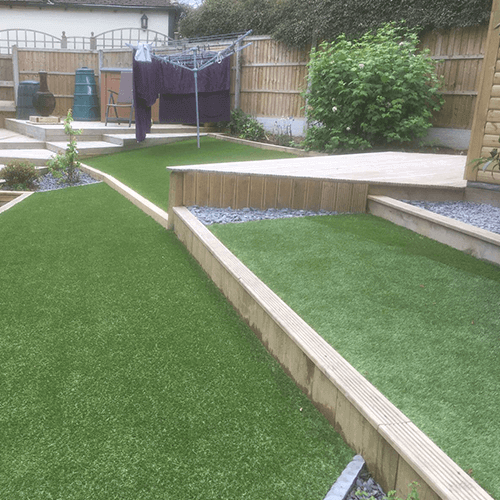
Thank you for visiting our installation guide. We hope it has allowed you to make an accurate decision on whether to install your new grass yourself or have a professional installer conduct the work.
Should you have any questions with regards to the installation of your new artificial grass or wish to view our current grass range and additional accessories simply use the available buttons below to navigate through our website.
You can download this guide on PDF here!


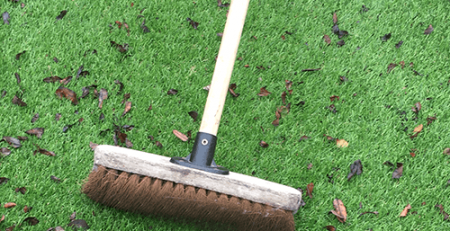
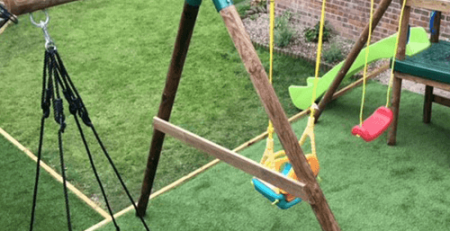

Leave a Reply